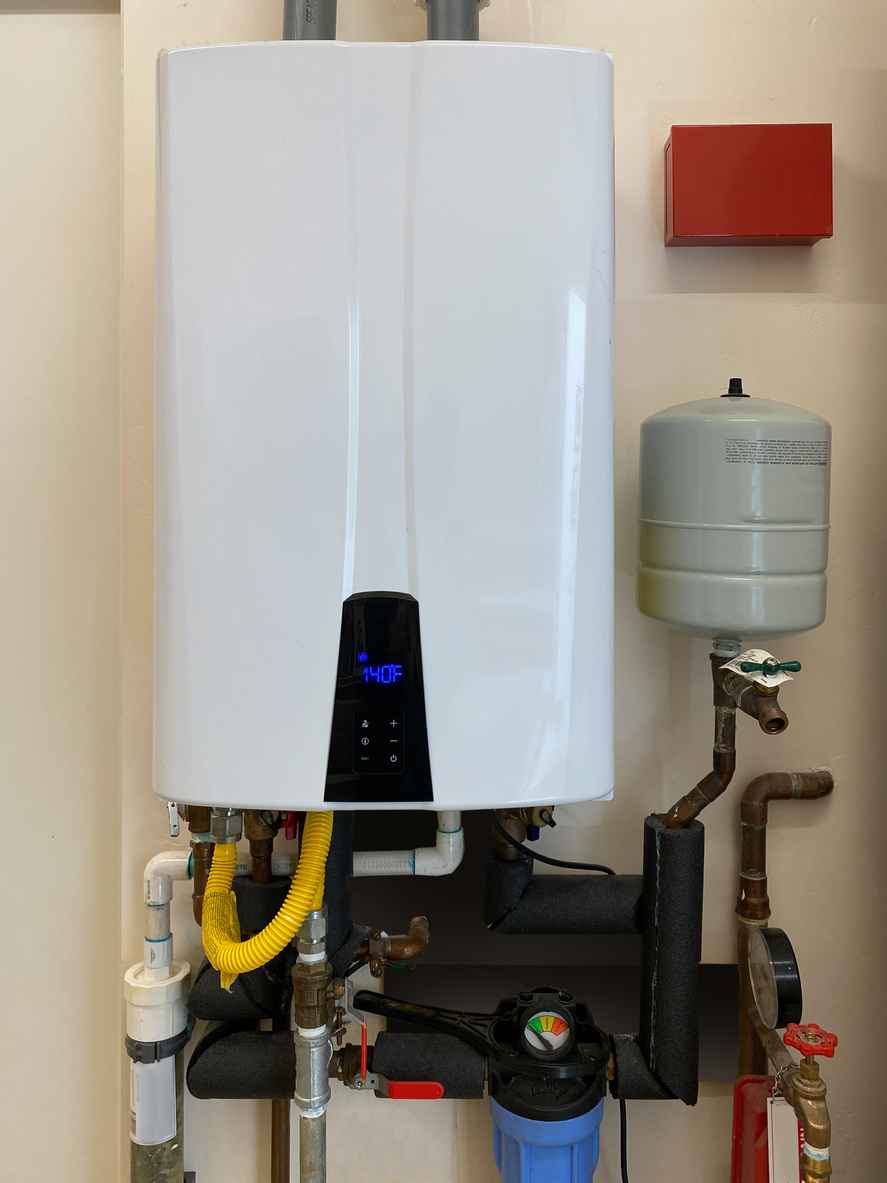Call or Text
801-438-4793Cold Weather Energy Savings
October 14, 2014
As summer comes to a close and fall weather begins, considering cold weather energy efficiency at home is a good idea. Much like ensuring that your home and appliances are energy efficient during the hot summer months, assessing your home’s energy efficiency in the cold months is equally as important. Since your home HVAC system is responsible for delivering cold air from an air conditioner in the summer and warm air from the furnace in the winter, maintaining this system year round is extremely important. The same steps involved in ensuring the energy efficiency of your home during the summer apply during fall and winter. A well maintained furnace, good insulation, and proper ventilation all help with energy efficiency. This will better regulate temperature indoors and keep your energy costs at a reasonable, or at least consistent, level.
Inspect the Furnace
The first step in assessing home energy efficiency is to look to the appliances supplying the energy. The furnace is a critical appliance and should be inspected at least once a year. Changing the air filters is an essential task every one to three months and will help keep your indoor air cleaner. Also, inspect the electrical components like the burner and heat exchanger. If you are uncertain how to go about inspecting these components, call an HVAC specialist to perform the inspection. This will ensure that you get a professional eye examining your furnace and ventilation system. Verifying that your furnace is operating as efficiently as possible is important for regulating monthly energy consumption and retaining the heat that is produced.
Check Attic Insulation & Ventilation
In the cold months when you are running your furnace, heat rises to the top of your home and can become trapped in the attic. If the attic is not well ventilated, the heat can build up and melt snow and ice on the roof. This can cause runoff to refreeze on the gutters, potentially leading to ice dams and water damage along the lower sections of roof. A well ventilated attic will expel this rising air and keep snow and ice from melting and refreezing during the coldest parts of the year. Of course, you also want to ensure that your home itself is well insulated to retain heat and minimize the amount that escapes into the attic. Check that doors and windows are sealed to prevent warm air from filtering outside. Single pane glass should be replaced with insulated double pane windows and all doors should be weatherstripped. Make sure to seal leaks and gaps where heat could be lost.
Use Supplemental Heat Sources
As fall sets in, the sun gets lower in the sky, reducing the amount of daylight each day. If you can take advantage of the sun during this time of year, you can often warm your home during the day without relying too much on the furnace. South and west facing windows will allow for a lot of good sunlight during this season. Once the sun begins to set, however, you will need to cover these windows to help retain some heat, but this can be a good idea to allow natural light and heat to fill your home during the day. If your home has a fireplace, consider using this as a supplemental heat source during the cold months. Fireplaces don’t heat more that one or two rooms very well, but they can be a pleasant alternative to constantly running the furnace.
Recent News

How Do Tankless Water Heaters Work?
March 19, 2024

How Much Is a Water Softener?
March 5, 2024

How to Fix Leaky Pipes Under Kitchen Sink
February 22, 2024

How Much Does Emergency Plumbing Cost?
February 8, 2024

How to Unclog a Bathtub Drain
January 16, 2024

How Much Is a Water Softener?
January 9, 2024
